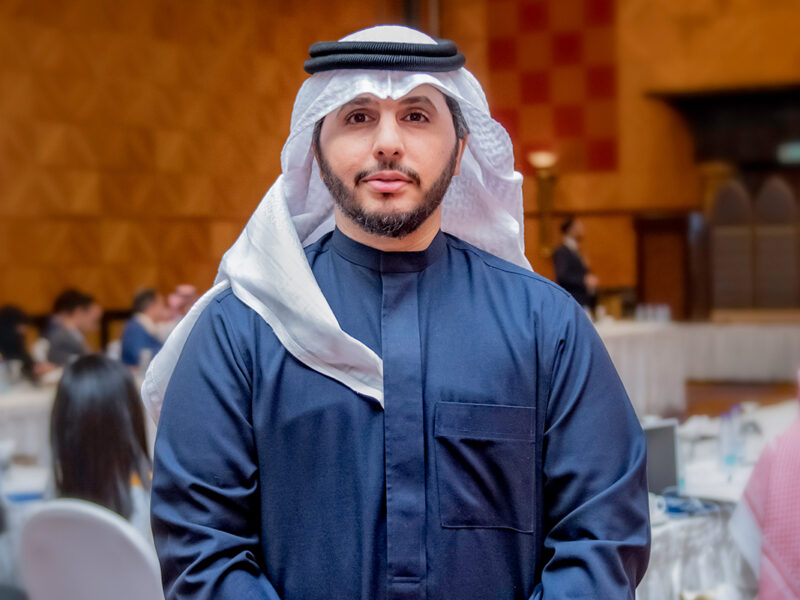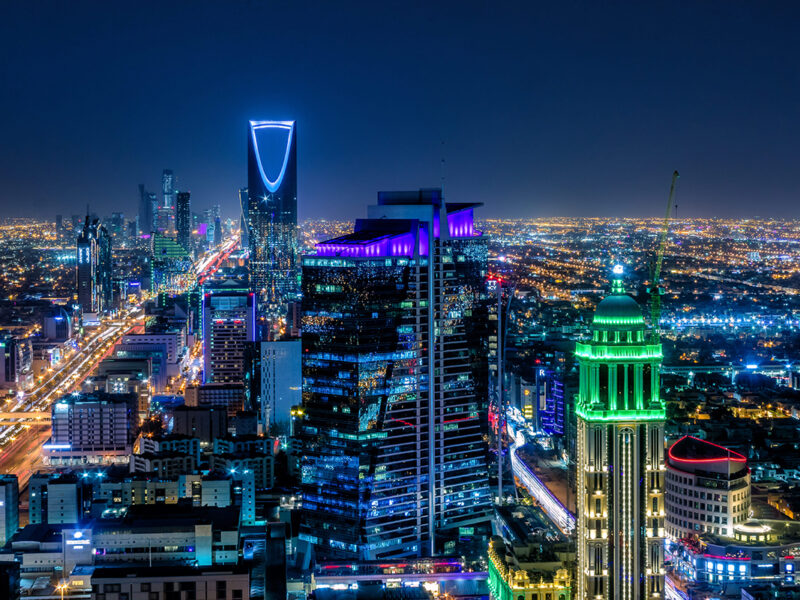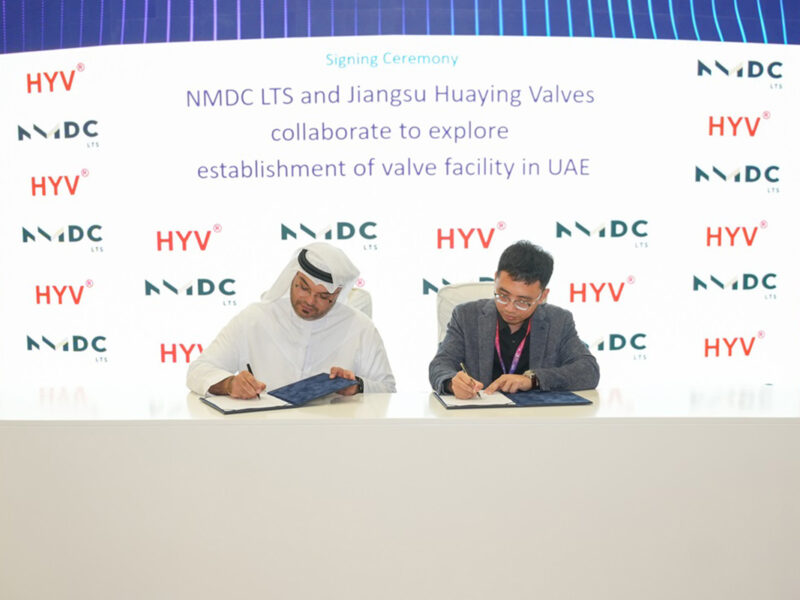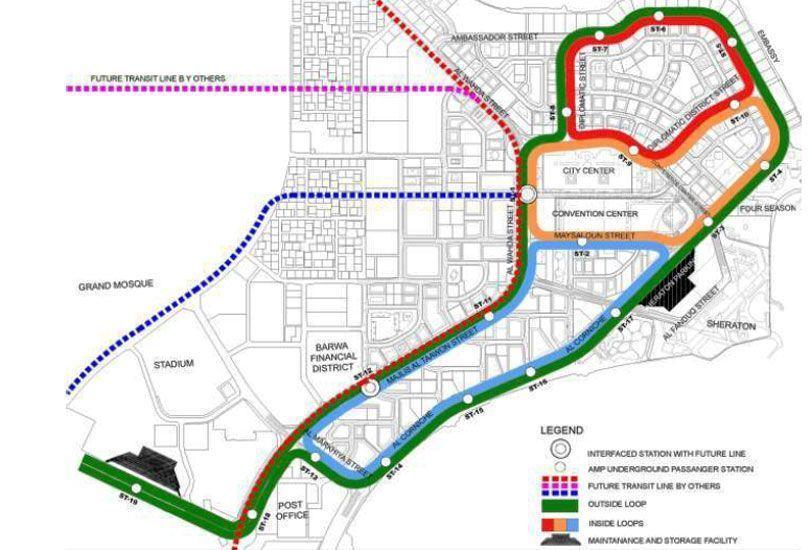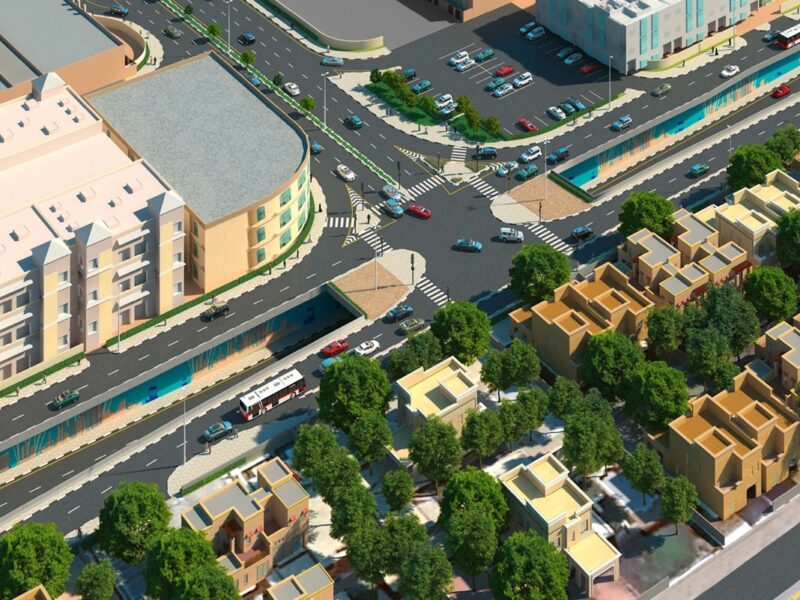Qatar Rail, the company overseeing the construction of the Gulf state’s railway network, has awarded four design and build contracts worth about QR30bn ($8.2bn) for phase one of the Doha Metro.
The project will include four rail lines and an underground section in the centre of the capital Doha and will link stadiums for the 2022 World Cup soccer tournament to be held in the tiny Gulf state.
It said the awarding of the contracts marked “a key milestone” in the development of Qatar’s ambitious rail plan.
Qatar Rail said construction of Phase one was scheduled to begin later this year, and expected to be completed by 2019.
The contracts related to Phase one comprise the Red Line North (RLN), Red Line South (RLS), Green Line (GRN) and major stations.
The RLN project contract has been awarded to a consortium led by Impregilo and comprising of SK Engineering & Construction Co Ltd, and Galfar Al Misnad Engineering & Contracting, Qatar Rail said.
The RLS was won by a consortium led by QDVC and including GS Engineering and Construction Corp, and AI-Darwish Engineering.
The contract for the GRN was awarded to a consortium led by PORR Bau and includes the Saudi Binladin Group Company Ltd and Hamad Bin Khalid Contracting Co, the statement added.
The major stations, which includes one at Msheireb and another at the Education City, was won by a consortium led by Samsung C&T Corporation and comprising Obrascon Huarte Lain (OHL) and Qatar Building Company.
“Qatar Rail is working hard to start construction by the year’s end, so that the first phase operations begin by 2019,” Qatar Rail said.
“This is a big step towards putting Qatar Rail into operations and moving forward with the work ahead of us as we build the future of Qatar.”
Doha Metro’s four lines will connect major sites in the city, including the Education City, West Bay, Lusail, Hamad Bin Khalifa International Airport and the QNCC.
According to Qatar Rail the tenders witnessed high competition which enabled Qatar Rail to get competitive bidding.
The company added: “The entire project features a sustainable design that consumes fewer resources, generates less waste, costs less to operate, and achieves a reduced carbon footprint.”

